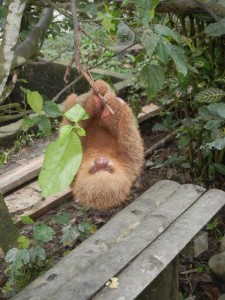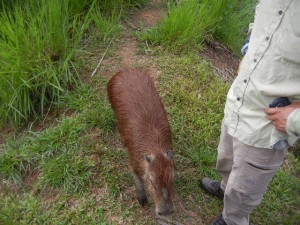15 May: While Abby spent a few days conducting interviews for her research in Cusco, the two of us went on a four-day, three-night tour down into the Amazonian basin in Manu National Park. We were the only two people signed up for this tour, so we not only benefited from the undivided attention of our 11-year veteran guide Tass, but we were also accompanied by David, who was finishing up his training as a guide. On the way between Cusco and our first night’s lodging, our van stopped at the small village of Paucartambo, which is renowned for a huge festival it holds in July, featuring parades, dancing, and traditional costumes. On display in the museum were examples of the extremely elaborate handmade costumes and masks. The dominant trees in the sierra (mountain) zone are eucalyptus, which were imported from Australia around 100 years ago. The eucalyptus thrived and now provide wood in areas with no large native trees, however they have become an issue if growing too near streams in arid areas because their roots draw so much water. We continued up into the high-elevation treeless puna zone and over a 12,000-foot-high pass before descending into the cloud forest zone. The vegetation was there was lush and varied, and the river valleys were very steep and narrow. Much of this unpaved road was only one lane wide, with many blind curves next to the abyss. We stopped occasionally to get out and look at plants and birds. Shortly before reaching our destination for the night, San Pedro Lodge at 5,600 ft, we had a great look at a male cock of the rock, the Peruvian national bird, with its brilliant red head and cockade, named for its habit of nesting in rocky areas.
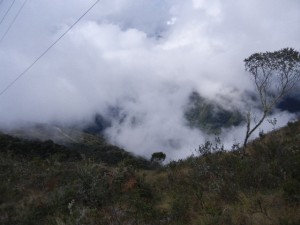
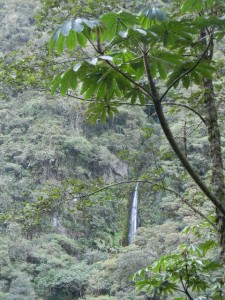
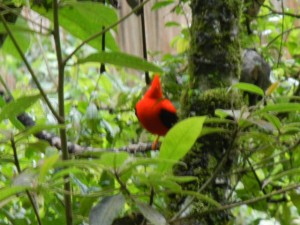
16 May: In the morning we descended through the cloud forest, where we looked more birds and also saw a wooly monkey, and entered the relatively flat rain forest below, where we drove through banana, yuca, pineapple, and coca fields. Coca leaves are widely used in a tea or simply for chewing, to combat the effects of high altitude, but it is a highly regulated crop because of the illicit cocaine trade. After quick stops in small villages to buy bread, pineapples, and yuca (cassava root), we left the van to paddle down the upper Madre de Dios river for about an hour from Pillcopata to Atalaya in a whitewater river raft with our two guides and a river rafting guide, who steered and called out when to paddle as we passed swiftly downriver through rapids. That was a lot of fun. We traveled the rest of the way to Erika Lodge in a motor launch. After lunch and relaxing a while we went for a hike in on trails behind the lodge. We wore rubber boots because of muddy trails (and possible venomous snakes, though we didn’t see any). Tass pointed out some of the rain forest fauna and flora, including some huge nests of leaf cutter ants, wasps, and termites. We saw walking trees (we had seen those in Hawai’i), belly palms (the fruit bounces outward off a swollen section of trunk below so they don’t grow too close together), and a very large kapok tree. After supper (it doesn’t get dark late in the tropics, even in the summer) we went for a short hike to look for spiders and saw some very large scorpion spiders and wolf spiders. One kind of spider spins a huge web several feet through in every dimension (unlike the two-dimensional webs in geometric patterns we are familiar with).
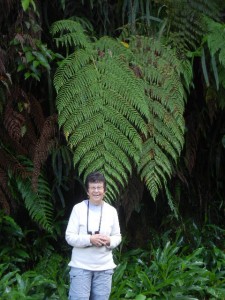
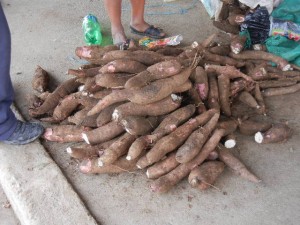
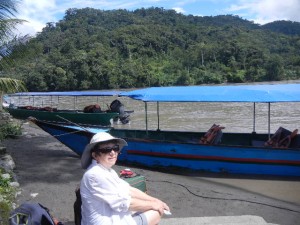
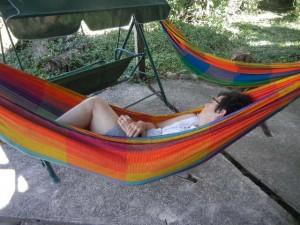
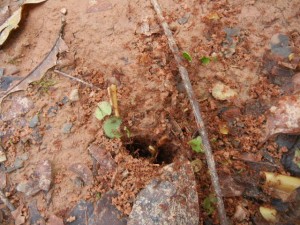
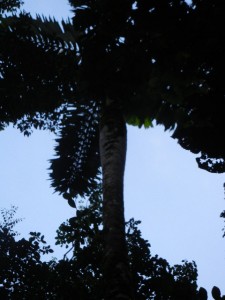
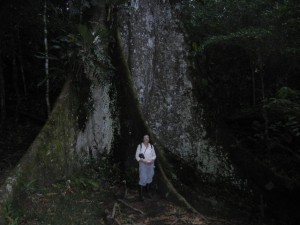
17 May: We did some morning bird watching around the lodge (colorful tanagers, oropendolas, jays, and several kinds of hummingbirds). In the afternoon, the motor launch took us across the river to a trail where we saw several more kinds of birds. We hiked into a small oxbow lake and explored that on a balsa raft, spotting a variety of birds that Tass named for us, such as the hoatzin, a pheasant-sized bird of tropical swamps with a spiky crest.
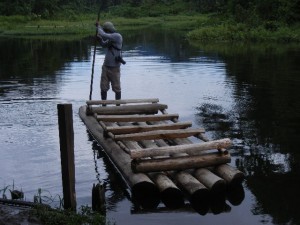
18 May: The final day of our Manu tour consisted mainly of traveling all the way back to Cusco, with occasional stops. One was at a wildlife sanctuary, where orphaned or injured animals are rehabilitated to be released back into the wild. There we saw a very cute baby two-towed sloth, some small but highly energetic monkeys, peccaries, a South American tapir, and “Stuart Little,” a very large capybara, all very tame except for the tapir (it was caged, while the others were out loose in close contact with their keepers and visitors). Jaguars prey on tapirs, but the skin of the tapirs is so tough that they can take refuge in thorny underbrush where jaguars are not able to follow. We knew the capybara’s reputation as the world’s largest rodent, but to see one up close, brushing against your legs, gives a real sense of how big and solidly built they really are.
